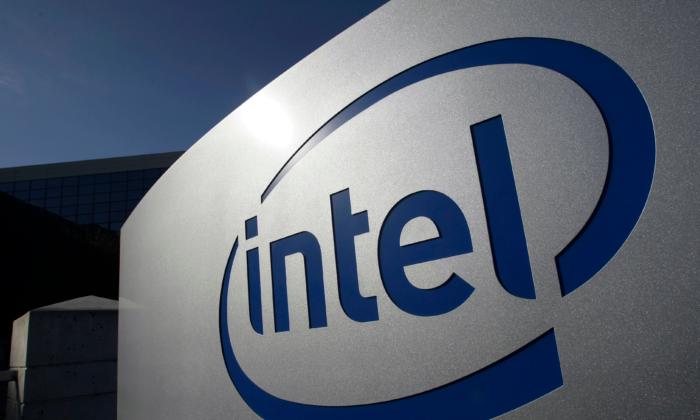U.S. stocks ended a turbulent first quarter with hefty losses, led by technology shares and small-capitalization stocks. Most of the losses occurred in the second part of the quarter because of rising uncertainty over the economy and the direction of trade and monetary policies. The stretching of valuations in the sectors related to artificial intelligence (AI) further weighed on the demand for risky assets, while gold, a hedge against uncertainty, shone.
The benchmark S&P 500 Index ended March 31 at 5,611, down 4.59 percent for the quarter; the Dow Jones Industrial Average finished with a minor loss of 1.3 percent at 42,001; the Nasdaq Composite Index suffered the most significant losses, ending at 17,299, down 10.42 percent; and the small-cap Russell 2000 Index lost 9.69 percent, to finish at 2,011.
That’s a significant change from the first quarter of 2024, when equity markets raced toward new highs. Investors who bet on tech and small-cap shares last year on the prospect of a quick AI payoff, a stronger economy, and lower interest rates fled both sectors this year, as none of these rosy prospects materialized.
This risk-off trade was a boon for safe-haven assets such as U.S. Treasurys, particularly gold, which shone in the first quarter, gaining nearly 20 percent.
Most of the sell-off in equities occurred in the second half of the quarter, fueled by a wave of negative headlines about the U.S. economy and the direction of the nation’s monetary and trade policy. These headlines challenged investors’ assumptions regarding the two critical drivers of equity gains over the long term: higher earnings and lower interest rates.
Some headlines brought back fears of a resurgence in inflation, fueled by stronger-than-expected consumer price reports.
Other headlines raised fears of slowing consumer spending fueled by weak retail sales data and gloomy consumer surveys, including last week’s Conference Board Consumer Index and the University of Michigan survey.
Consumer spending is the engine of the U.S. economy. It accounts for almost two-thirds of the nation’s gross domestic product, and a slowdown could constrain the economy.
Adding to these fears was the fear of rising tariffs, which could further pressure prices and economic growth.
These fears raise the specter of an even greater concern for equity investors: stagflation.
Stagflation is the worst macroeconomic scenario for equities. Economic contractions hurt the top lines of publicly traded companies because what consumers spend on buying things becomes corporate revenues.
Meanwhile, the resurgence of inflation may push monetary policy in the wrong direction. The Federal Reserve may raise rather than cut interest rates, as Wall Street has been counting on since last year when inflation was heading in the right direction.
Interest rates are a critical input in almost every equity valuation model. Higher interest rates make future earnings less valuable when discounted to the present, compressing equity valuations.
Among the big losers in the tech sector were Tesla, Nvidia, AMD, and Amazon, which were down 35.83 percent, 19.29 percent, 14.94 percent, and 13.28 percent, respectively.
These were last year’s winners, trading at stretched valuations. For instance, Tesla had a forward price-to-earnings (P/E) ratio of close to 100, while Nvidia had a forward P/E in the upper 30s.
Still, there were notable winners in the quarter, including the energy sector, with the Energy Select Sector SPDR Fund (XLE), up 9 percent; the insurance sector, with the SPDR S&P Insurance ETF (KIE) gaining 7 percent; and the environmental sector, with the VanEck Environmental Services ETF, gaining 3.21 percent.
Looking into the new quarter, the performance of the U.S. economy and the direction of trade and monetary policy will continue to drive asset allocation.
Eugenia Mykuliak, founder and executive director of B2Prime Group, a global financial services provider for institutional and professional clients, favors gold.
“Gold rise indicates a significant shift in the market stability because there are two ‘modes’ for investors to switch between: ‘risk-on’ and ‘risk-off,’” she told The Epoch Times via email.
“When the price rises, it is a sign that retail and institutional investors seek safety and stability, preferring safer assets like gold as a hedge against global instability. If this trend continues, it will make investors more cautious and could anticipate a downturn in equity markets.”
“Consequently, this means lower confidence in traditional assets such as stocks and bonds, indicating that these markets continue to be more unpredictable while gold provides safe opportunities,” she said.







